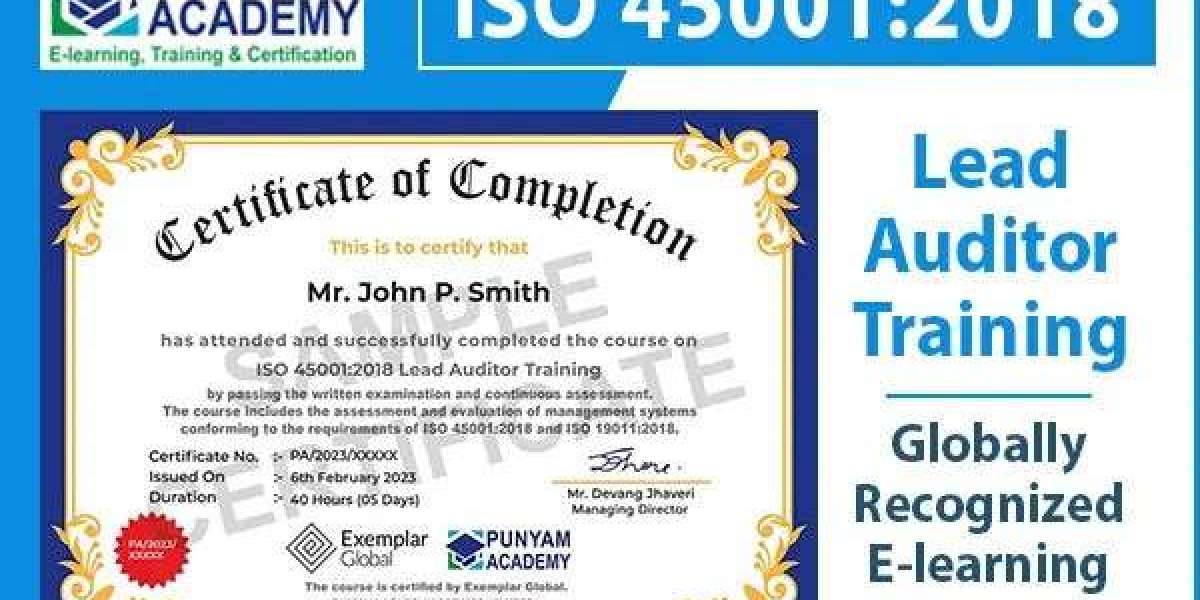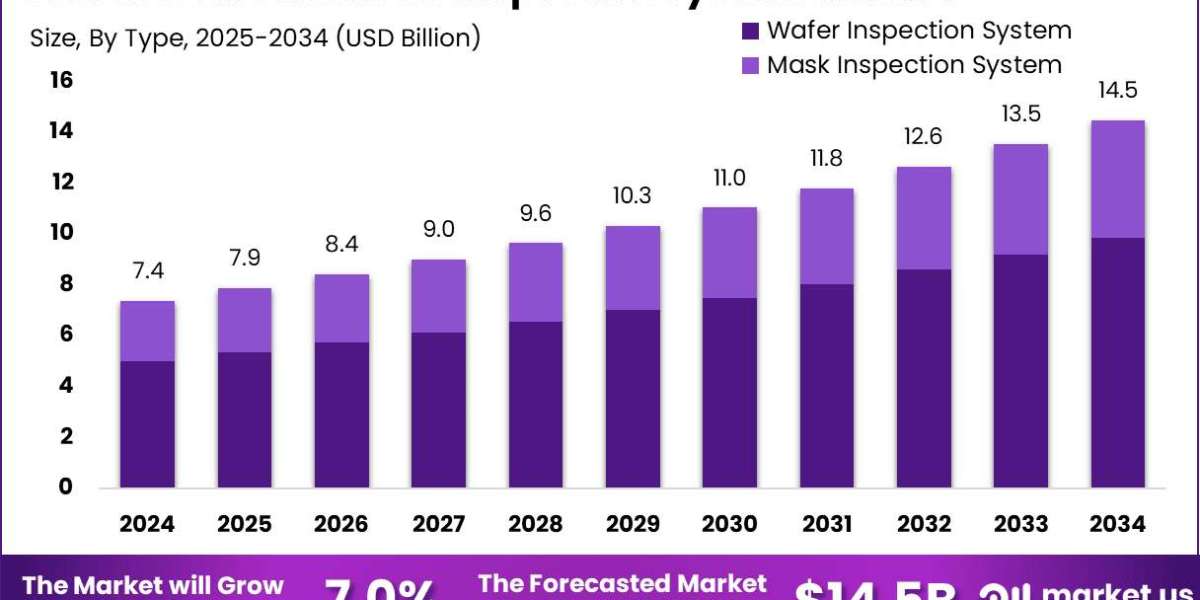ISO 45001 is the international standard for occupational health and safety management. Earning ISO 45001 certification shows that a company has a mature safety system in place. The certification audit checks that the documented safety processes are actually being followed on the job. Preparing for this audit involves careful planning and review. Many businesses enlist ISO 45001 consultants to guide them through the process. These experts help ensure that everything from policy manuals to staff training is in order before the auditors arrive.
ISO 45001 certification follows a formal audit process. Typically there is a Stage 1 audit (also called the readiness review), where the auditor examines your documentation. The Stage 2 audit is a full on-site review of how you manage safety in practice. Between these stages, companies enter a three-year cycle of surveillance audits. In all cases, the focus is on “walking the talk” – showing that you do what your safety documents say you do. Consultants help businesses meet each requirement efficiently and confidently.
Gap Analysis and System Documentation
Early on, consultants perform a gap analysis. This means they compare your current health and safety management system against ISO 45001 requirements to find any missing pieces. For example, they might discover missing procedures for incident reporting or incomplete risk assessments. By identifying these gaps, the consultant creates a clear action plan.
Consultants also assist in building or refining the required documentation. Key deliverables often include:
- Safety Policy and Manual: A high-level document stating the company’s safety commitments and objectives.
- Procedures and Work Instructions: Step-by-step guidelines (often flowcharts or checklists) for processes like hazard identification, equipment maintenance, or emergency response.
- Risk Assessments and Registers: Records of identified hazards and evaluated risks.
- Records and Forms: Templates for recording training, inspections, incidents, audits, and corrective actions.
Experienced ISO 45001 consultants make sure each document is tailored to the organization’s operations and meets the specific clauses of the standard. They often work with staff in meetings or workshops to draft these documents, then review and edit them for completeness and clarity.
Internal Audits and Management Review
An important step before the certification audit is conducting internal audits. ISO 45001 requires organizations to regularly audit their own safety system. Consultants typically train selected employees as internal auditors, or they may perform the audits themselves. During an internal audit, the team checks that the system complies with ISO 45001 and that employees are following the procedures. For example, they might interview workers, observe tasks, and review records for any nonconformities (deviations from the requirements).
After internal audits, a management review is held. This is a meeting where top management examines audit findings and overall safety performance. Consultants often help prepare for this review by gathering audit reports and key data (such as accident statistics and audit results). They may facilitate the meeting or advise management on how to set objectives and monitor improvements. The goal is to ensure leadership is engaged and committed, which is critical for a successful certification.
Corrective Actions and Continuous Improvement
Any findings from the gap analysis or internal audits must be addressed through corrective actions. Consultants guide businesses in analyzing the root causes of nonconformities and in developing effective fixes. For each identified issue, the consultant helps the team decide on an action plan. For example, if an audit finds that some safety inspections were skipped, the corrective action might include updating the checklist and retraining the responsible staff.
Consultants track all corrective actions to ensure they are completed and documented. They encourage a culture of continuous improvement by helping set up processes for ongoing monitoring. In practice, this means updating procedures if new hazards are found, or adjusting policies if goals are not met. By closing out corrective actions before the external audit, the organization demonstrates to the auditor that it actively improves its safety management.
Training Staff and Audit Readiness
Engaging and preparing employees is the final key area where consultants add value. They conduct awareness training and workshops for all levels of staff. These sessions explain the basics of ISO 45001, each person’s role in the safety system, and what to expect during the audit. For example, workers learn how to explain safety procedures to the auditor, and managers learn about the evidence (records or examples) needed to demonstrate compliance.
Consultants may also hold mock audits or drills. In a mock audit, a consultant plays the role of the auditor and questions staff or inspects work areas. This practice run helps everyone get comfortable with the audit process. It also reveals any remaining weak spots so they can be fixed in advance. By the time the real auditor arrives, the team knows how to show their procedures, answer questions, and guide the auditor through the workplace. This confidence and clarity greatly improve the chances of a smooth, successful audit.
Final Certification Audit and Beyond
By following these steps—gap analysis, documentation, internal audits, corrective actions, and training—consultants ensure that the organization is fully ready for the certification audit. During the external audit, the certification body will check documentation and observe operations. If any minor issues still arise, the consultant helps address them quickly. Once the system is verified to meet ISO 45001 requirements, the company receives its certification.
In summary, ISO 45001 consultants play a proactive role in preparing your company for audit. They systematically guide you through each phase of preparation so that on audit day, your team can confidently demonstrate an effective safety management system. The result is a professional, organized approach that not only earns certification, but also genuinely improves workplace safety.



